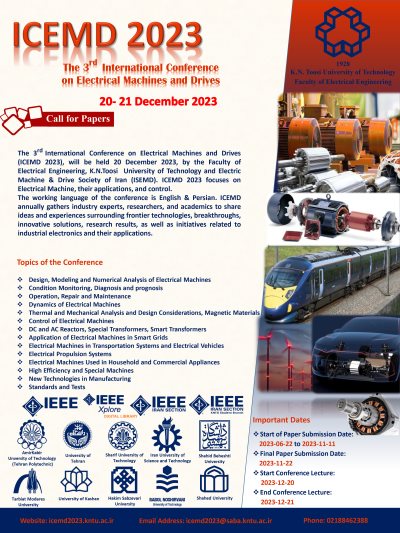0% Complete
نویسندگان :
کلمات کلیدی :
چکیده :
لیست مقالات بایگانی شده
علی عباسی نیا - روح الله فدائی نژاد
Ahmad Sasani - Reza Keypour - Ebrahim Afjei
Taher Hemmati - Hossein Torkaman - Soheyl Khosrogorji - Milad Babalou
Soroush Sarmad - Saeed Khorashadizadeh
Amirhassan Mirzaei - Mansoor Rafiee
Amirhossein Sadeghi-Bahmani - Ramin Alipour-Sarabi
Ali Sarikhani - Hossein Torkaman - Milad Babalou
Reza Ebrahimnaz - Mohammad Sarvi - Homa Zarei Zohdi
مهدی بیگدلی بیگدلی - سیدعمیدالدین موسوی


